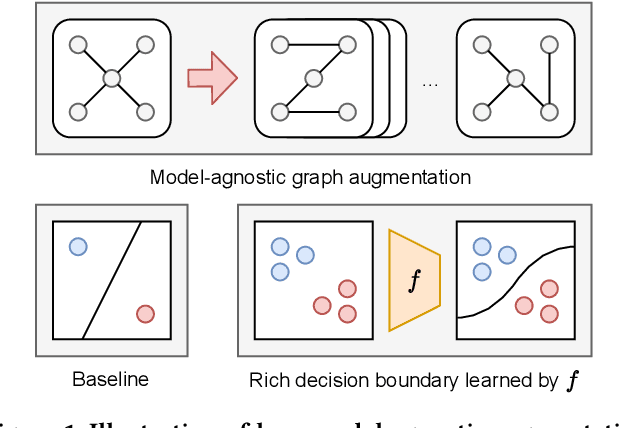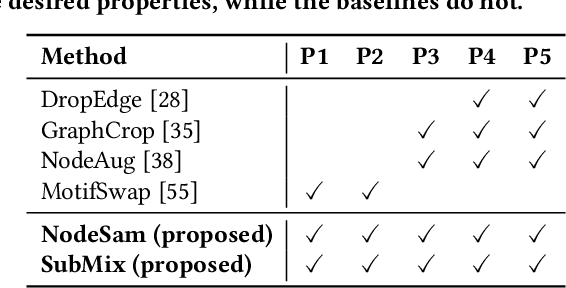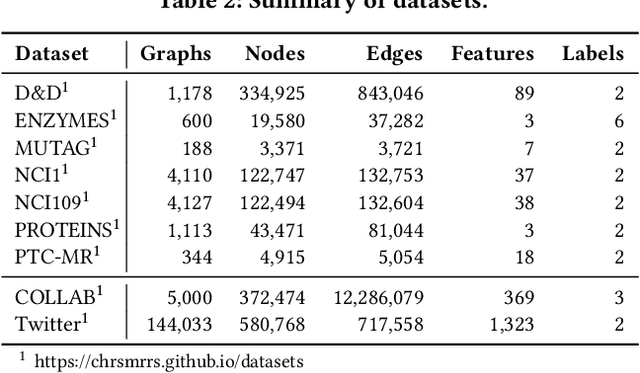Sooyeon Shim
Accurate Open-set Recognition for Memory Workload
Dec 17, 2022Abstract:How can we accurately identify new memory workloads while classifying known memory workloads? Verifying DRAM (Dynamic Random Access Memory) using various workloads is an important task to guarantee the quality of DRAM. A crucial component in the process is open-set recognition which aims to detect new workloads not seen in the training phase. Despite its importance, however, existing open-set recognition methods are unsatisfactory in terms of accuracy since they fail to exploit the characteristics of workload sequences. In this paper, we propose Acorn, an accurate open-set recognition method capturing the characteristics of workload sequences. Acorn extracts two types of feature vectors to capture sequential patterns and spatial locality patterns in memory access. Acorn then uses the feature vectors to accurately classify a subsequence into one of the known classes or identify it as the unknown class. Experiments show that Acorn achieves state-of-the-art accuracy, giving up to 37% points higher unknown class detection accuracy while achieving comparable known class classification accuracy than existing methods.
Model-Agnostic Augmentation for Accurate Graph Classification
Feb 21, 2022



Abstract:Given a graph dataset, how can we augment it for accurate graph classification? Graph augmentation is an essential strategy to improve the performance of graph-based tasks, and has been widely utilized for analyzing web and social graphs. However, previous works for graph augmentation either a) involve the target model in the process of augmentation, losing the generalizability to other tasks, or b) rely on simple heuristics that lead to unreliable results. In this work, we introduce five desired properties for effective augmentation. Then, we propose NodeSam (Node Split and Merge) and SubMix (Subgraph Mix), two model-agnostic approaches for graph augmentation that satisfy all desired properties with different motivations. NodeSam makes a balanced change of the graph structure to minimize the risk of semantic change, while SubMix mixes random subgraphs of multiple graphs to create rich soft labels combining the evidence for different classes. Our experiments on social networks and molecular graphs show that NodeSam and SubMix outperform existing approaches in graph classification.
 Add to Chrome
Add to Chrome Add to Firefox
Add to Firefox Add to Edge
Add to Edge